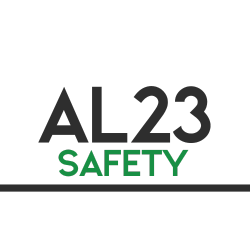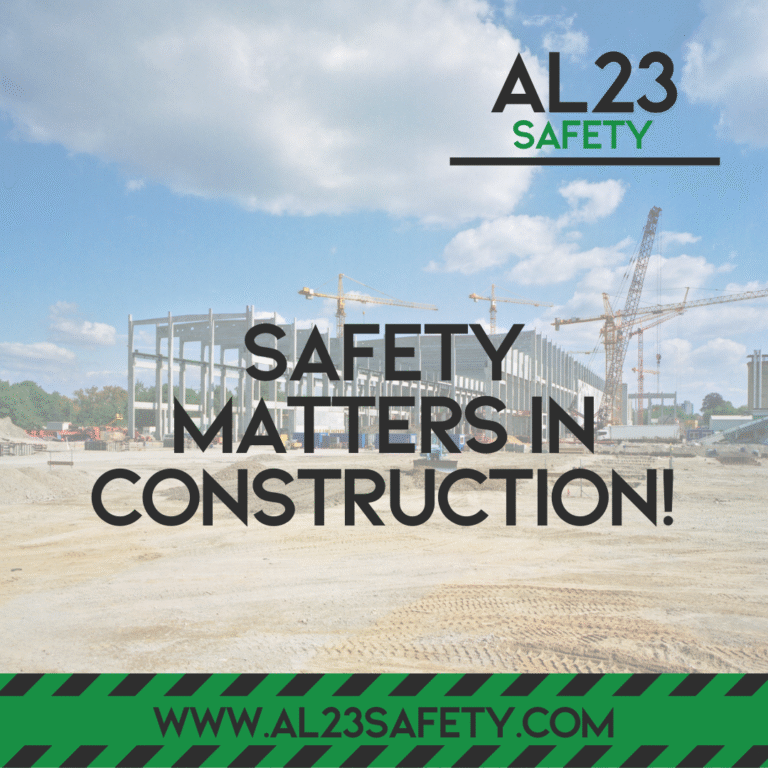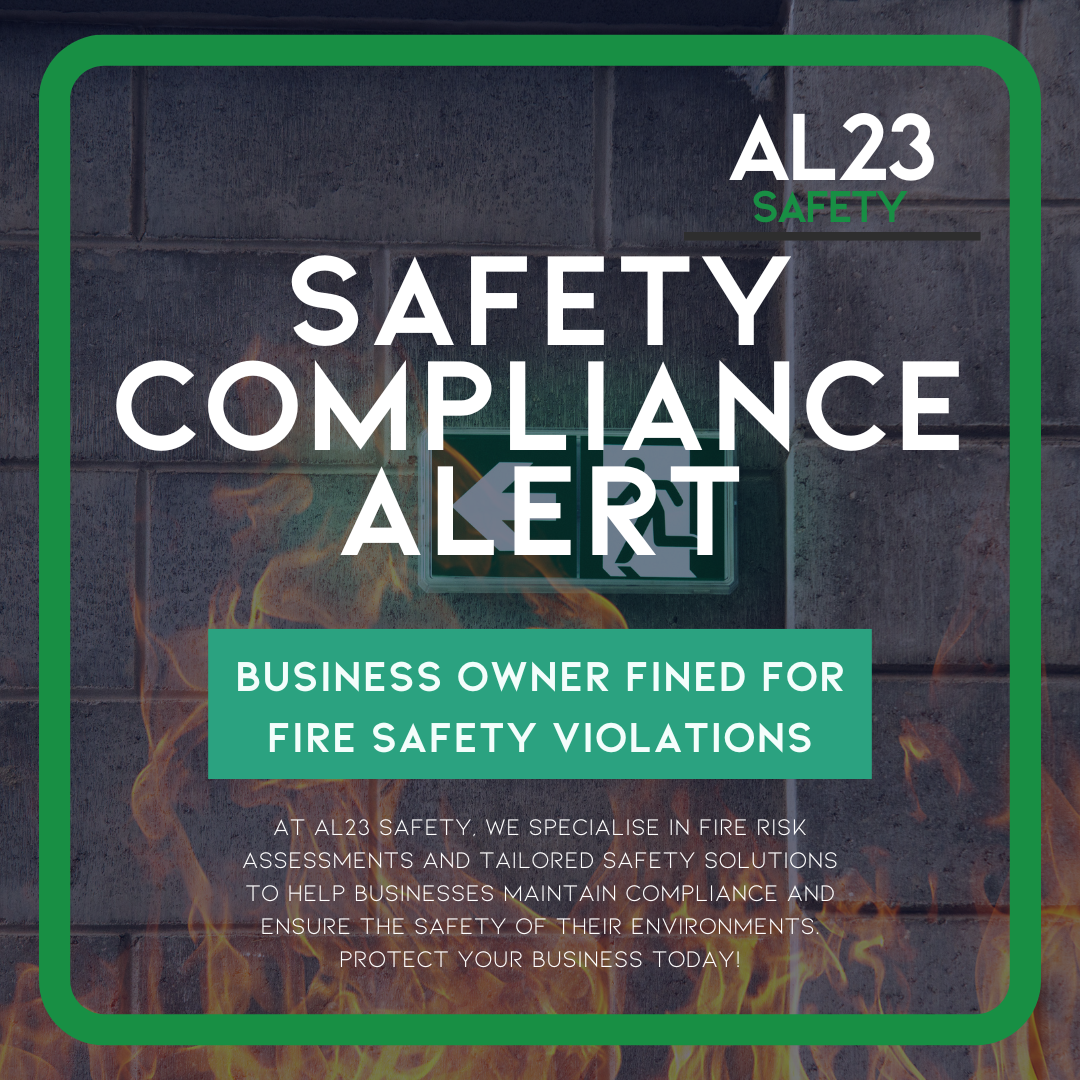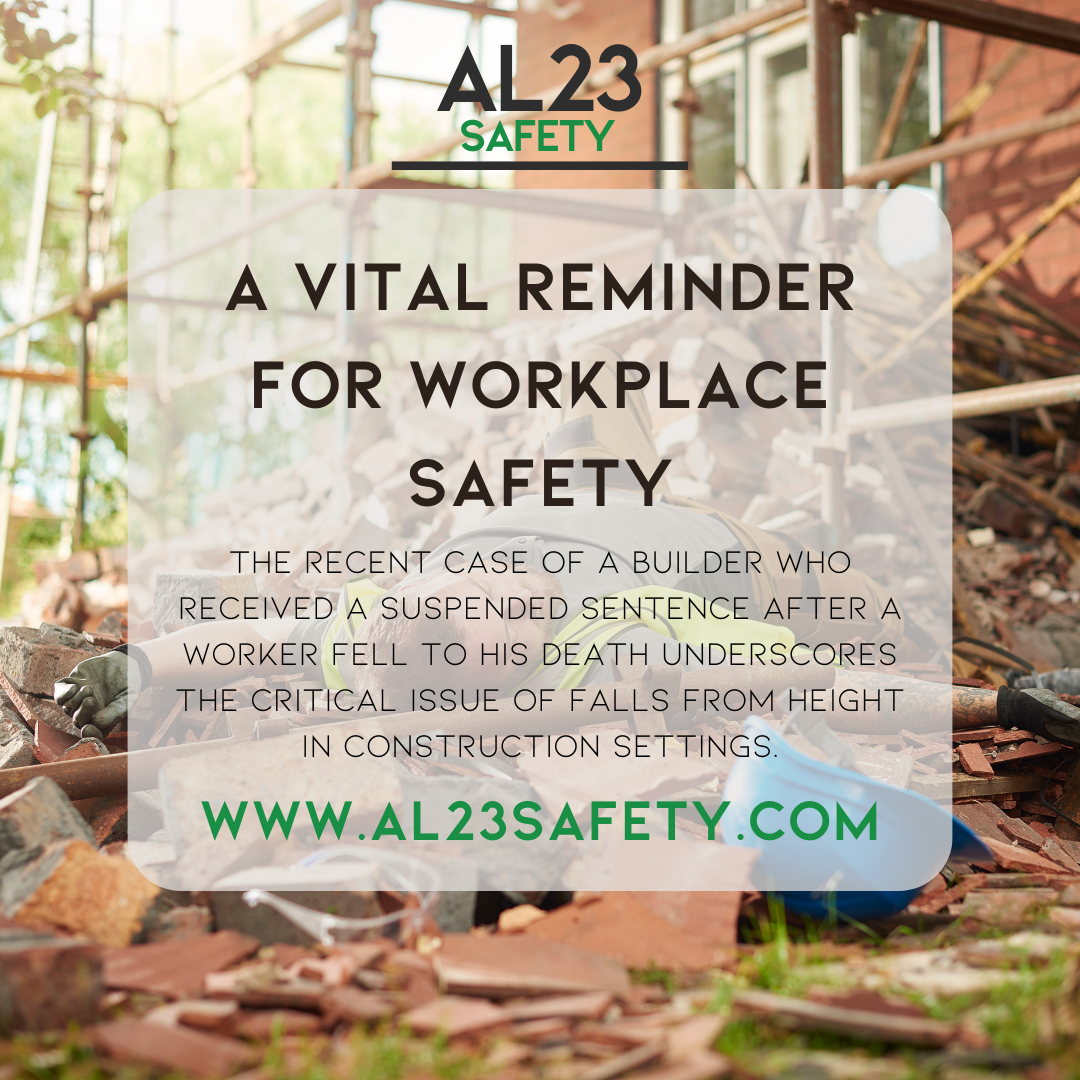In the high-stakes world of construction, comprehensive risk assessments stand as the frontline defence against preventable accidents, safeguarding workers, the public, and your business’s future. A heartbreaking incident involving Sage Homes Limited serves as a stark reminder of what happens when these vital processes are overlooked, leaving lives forever altered. As we delve into this tragedy and its ripple effects, we’ll uncover seven essential lessons that every construction professional must heed to transform potential disasters into proactive triumphs.
The construction industry in the UK is a powerhouse of innovation and growth, employing over two million people and contributing billions to the economy. Yet, beneath this progress lies an undeniable truth: safety is non-negotiable. According to the Health and Safety Executive (HSE), construction accounts for around one in five fatal injuries across all sectors, with slips, trips, falls, and struck-by incidents topping the list of hazards. Comprehensive risk assessments in construction aren’t merely bureaucratic checkboxes; they are dynamic tools that systematically pinpoint dangers, evaluate their likelihood and severity, and devise ironclad control measures. By embedding these assessments into daily operations, firms can slash incident rates by up to 30%, as evidenced by HSE case studies from leading sites.
The Sage Homes Tragedy: A Wake-Up Call for Comprehensive Risk Assessments
At the heart of this discussion lies the Sage Homes incident, a preventable mishap that unfolded on a residential development site in 2023. During routine excavation works, a corroded cast iron pipe (brittle from years of exposure) gave way under pressure, propelling debris that gravely injured a young child playing nearby. The pipe, identified as a remnant of Victorian-era infrastructure, had not been adequately secured or assessed for structural integrity before works commenced. Eyewitness accounts and subsequent investigations revealed a cascade of oversights: no barriers to restrict public access, insufficient geotechnical surveys, and a glaring absence of dynamic risk evaluations for underground utilities.
The HSE’s probe was swift and unforgiving. Sage Homes Limited and its director were prosecuted under the Health and Safety at Work etc. Act 1974, facing fines totalling £150,000 and a suspended custodial sentence for the director. This wasn’t an isolated lapse; it exposed systemic failures in how the company approached hazard identification. The judge’s remarks were pointed: “Foreseeable risks were ignored, with catastrophic consequences.” This case underscores a broader trend. HSE data shows over 40,000 enforcement notices issued annually in construction, many tied to inadequate risk management. For firms grappling with similar vulnerabilities, partnering with specialists like AL23 Safety can bridge these gaps, offering bespoke comprehensive risk assessments tailored to site-specific challenges.
Lesson 1: Prioritise Proactive Hazard Identification in Every Phase
Comprehensive risk assessments must begin at the drawing board, not the digger’s bucket. The Sage Homes oversight stemmed from a failure to map underground services using tools like electromagnetic locators or ground-penetrating radar. Lesson one? Integrate hazard hunts into feasibility studies, design reviews, and method statements. HSE guidance mandates this under the Construction (Design and Management) Regulations 2015 (CDM 2015), requiring principal designers to flag risks early. By doing so, teams can avoid the “it won’t happen here” mentality that plagued Sage Homes, potentially averting 70% of utility strikes, per industry benchmarks.
Lesson 2: Foster Collaboration for Robust Risk Assessments in Construction
Safety isn’t a solo act. It’s a symphony. The incident highlighted a disconnect between site operatives and management, with workers unaware of the pipe’s fragility. Effective comprehensive risk assessments demand input from all levels: labourers spotting trip hazards, engineers crunching load calculations, and safety officers auditing controls. AL23 Safety excels here, facilitating workshops that build this collaborative ethos. Our approach ensures that risk registers are living documents, updated in real-time via digital platforms, reducing miscommunication errors by fostering a culture where every voice amplifies vigilance.
Lesson 3: Master the Art of Dynamic Risk Evaluation
Static assessments gather dust; dynamic ones adapt to the chaos of construction. Weather shifts, equipment failures, or unexpected finds (like Sage’s corroded pipe) demand ongoing reviews. HSE recommends toolbox talks and permit-to-work systems for high-risk tasks. From this lesson emerges a best practice: conduct daily briefings tied to the previous day’s learnings. Companies leveraging AL23 Safety’s ongoing monitoring services report a 25% drop in near-misses, as our experts embed adaptive strategies that keep assessments as fluid as the sites they serve.
Lesson 4: Enforce Strict Controls and Emergency Preparedness
Identifying risks is half the battle; controlling them wins the war. In the Sage case, simple measures (a secured exclusion zone, reinforced barriers, or even a temporary pipe clamp) could have contained the hazard. Lesson four emphasises hierarchy of controls: eliminate where possible, substitute safer methods, then engineer guards. Pair this with drilled emergency drills, including public evacuation protocols. AL23 Safety’s tailored drills simulate real scenarios, ensuring your team responds with precision, not panic.
Lesson 5: Invest in Training to Empower Your Workforce
Knowledge gaps killed curiosity in Sage Homes. Workers untrained in utility detection protocols missed red flags. The antidote? Mandatory, role-specific training aligned with HSE’s core criteria. From CSCS card renewals to advanced risk auditing courses, upskilling turns compliance into competence. At AL23 Safety, our certified programmes (delivered on-site or virtually) equip teams with practical skills, boosting confidence and cutting incident rates by empowering individuals to own their safety.
Lesson 6: Leverage Technology for Precision in HSE Risk Assessments
Gone are the days of pen-and-paper logs. Drones for aerial surveys, AI-driven predictive analytics, and BIM-integrated risk modelling are revolutionising comprehensive risk assessments. The Sage incident might have been flagged by a quick LiDAR scan revealing pipe corrosion. Lesson six: embrace tech stacks that automate data collection and flag anomalies. AL23 Safety integrates these innovations into our consultancy, helping SMEs adopt affordable tools that scale with project demands, ensuring no stone (or pipe) is left unturned.
Lesson 7: Commit to Continuous Improvement and Accountability
Post-incident, Sage Homes vowed reforms, but true change requires metrics. Track leading indicators like audit scores and lagging ones like reportable events. Annual HSE compliance reviews, coupled with director-level oversight, embed accountability. This lesson from the tragedy? Treat safety as a boardroom priority, not a site shack afterthought. With AL23 Safety’s audit and advisory services, businesses can benchmark against peers, turning lessons learned into lasting legacies of zero-harm cultures.
The Sage Homes incident is more than a footnote. It’s a clarion call for the industry to elevate comprehensive risk assessments from obligation to obsession. By weaving these seven lessons into your operations, you not only sidestep HSE penalties but cultivate sites where innovation thrives alongside uncompromised safety. At AL23 Safety, we’re dedicated to this mission, offering end-to-end support from initial audits to crisis simulations. Our track record speaks volumes: clients see enhanced compliance scores and, crucially, peace of mind knowing they’ve prioritised lives over liabilities.
Don’t let history repeat. Contact AL23 Safety today for a no-obligation consultation on comprehensive risk assessments in construction. Together, we can build not just structures, but unbreakable safeguards for tomorrow.



